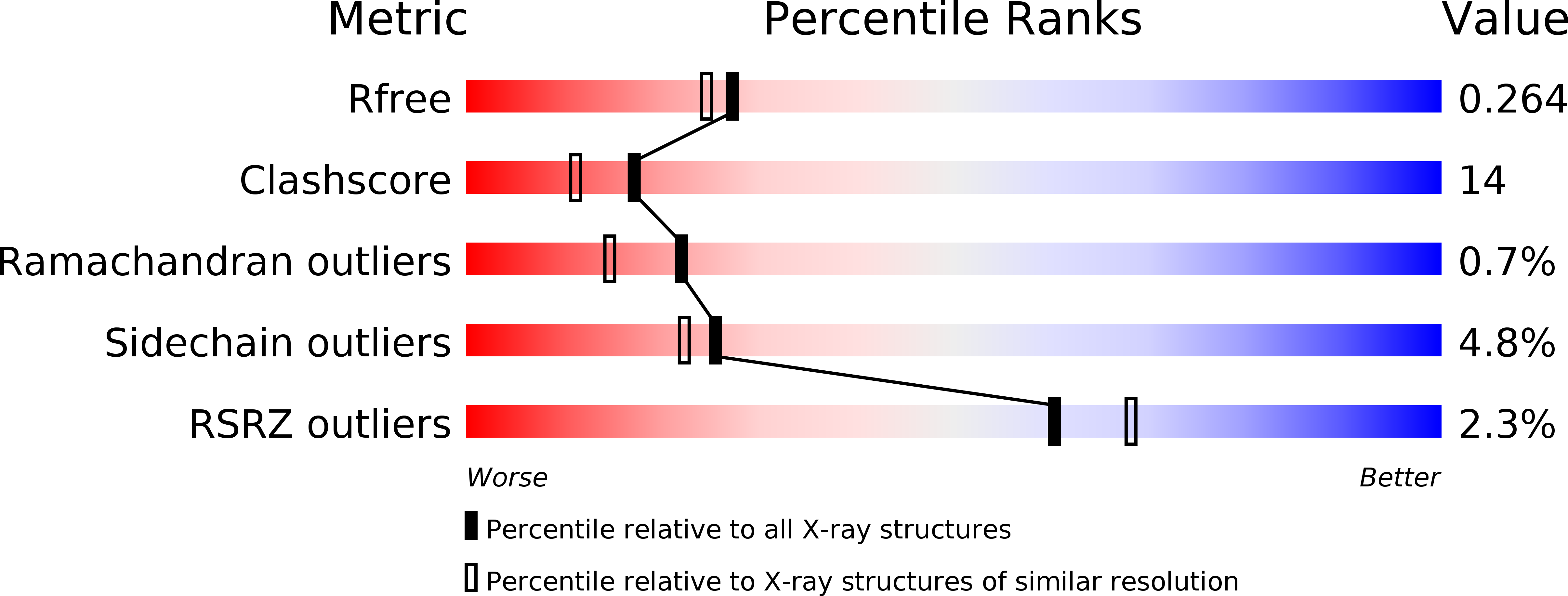
Deposition Date
2010-03-22
Release Date
2010-08-18
Last Version Date
2023-11-01
Entry Detail
PDB ID:
3M9W
Keywords:
Title:
Open ligand-free crystal structure of xylose binding protein from Escherichia coli
Biological Source:
Source Organism:
Escherichia coli (Taxon ID: 511145)
Host Organism:
Method Details:
Experimental Method:
Resolution:
2.15 Å
R-Value Free:
0.26
R-Value Work:
0.20
R-Value Observed:
0.21
Space Group:
P 1 21 1


